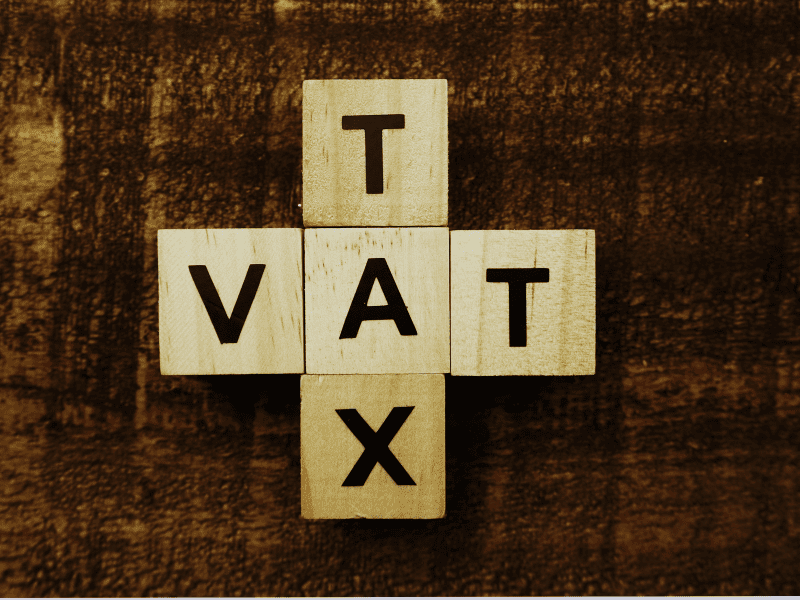
Let’s be honest: no one likes having to pay VAT, especially on properties. But, with that being said, value added tax doesn’t have to be quite the nightmare many people expect. Nevertheless, you deserve to get the most from your renovation efforts (and avoid the stress of VAT). As such, knowing about the implications of VAT on tradespeople’s labour charges can help. Luckily, we’ve outlined the main implications you need to know as follows to help.

What are the Implications of VAT on Labour Charges During Renovation Work?
Renovating a property is expensive at the best of times. And, with the VAT charge at 20%, this can seem even more costly. However, it’s worth keeping in mind that there are several different actions that come with reduced rates; this may impact the labour charges accordingly.
To be eligible for reduced rate VAT on a renovation, a property will need to meet several eligibility criteria. If the property has been empty or unlived in for at least two years before the start of work, and if it has previously been residential and is an eligible dwelling, then it may qualify. Furthermore, the work that tradespeople are providing must also be a qualifying service. Finally, the property may need a certificate issued.
When the necessary requirements have been met, reduced rate VAT may be applicable on tradespeople’s labour charges. Some of the types of work that could be covered by this reduced rate include:
- Installing building materials (for example, windows and doors or fitted kitchens).
- Improvements.
- Repair work.
- Maintenance.
Reduced rate VAT is generally applied to work done within the direct curtilage of the property. However, there are a few exceptions here. These can allow a reduced rate of VAT to be charged for works within the immediate site of the dwelling. Some examples include drainage, security, waste disposal, heating, water, power, and access works.
Works That Are Not Covered by Reduced Rate VAT
If the works being completed on a property are not covered by reduced rate VAT, they will typically be charged at standard rates. The exception will usually be if the service is a zero-rated option. These can be found under VAT Notice 708, Buildings and Construction (or contact your local “accountant near me” for specific support on your case).
One common example of zero-rated renovation work is the installation of eco-friendly materials. These could include solar panels, heat pumps, and insulation. Wood-fuelled boilers may also be covered by this. However, this is a relatively short-term offer, and this will only apply until the end of March 2027. As such, it’s worth embracing this option as a valuable alternative to paying regular rate tax on eco-friendly, energy-saving alternatives.
Final Thoughts.
Don’t get caught out paying more VAT than you need to. The rate of VAT depends on the type of work being carried out. Plus, some energy-saving improvements may even be VAT-free for a limited time. What’s not to love about that?


